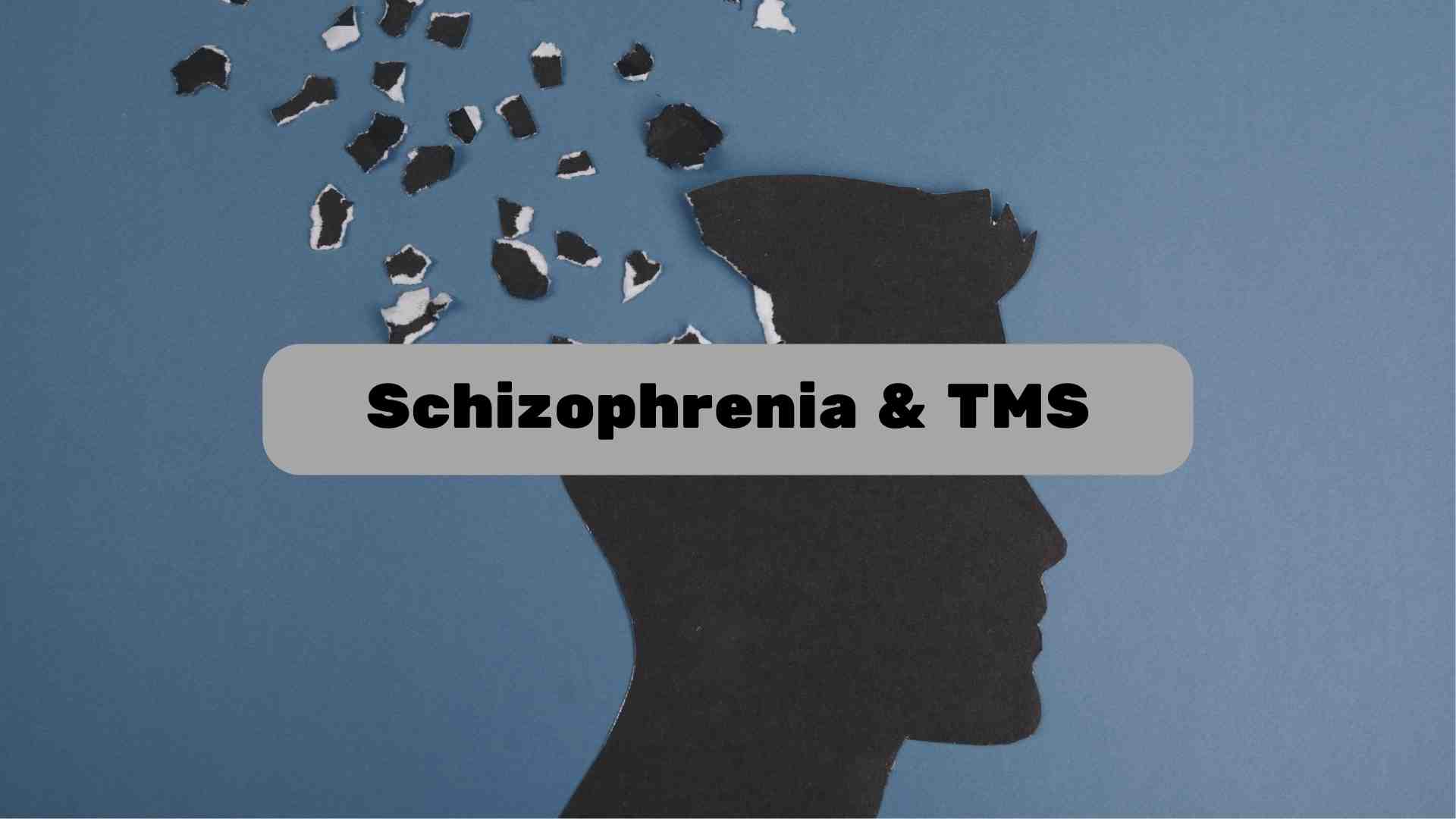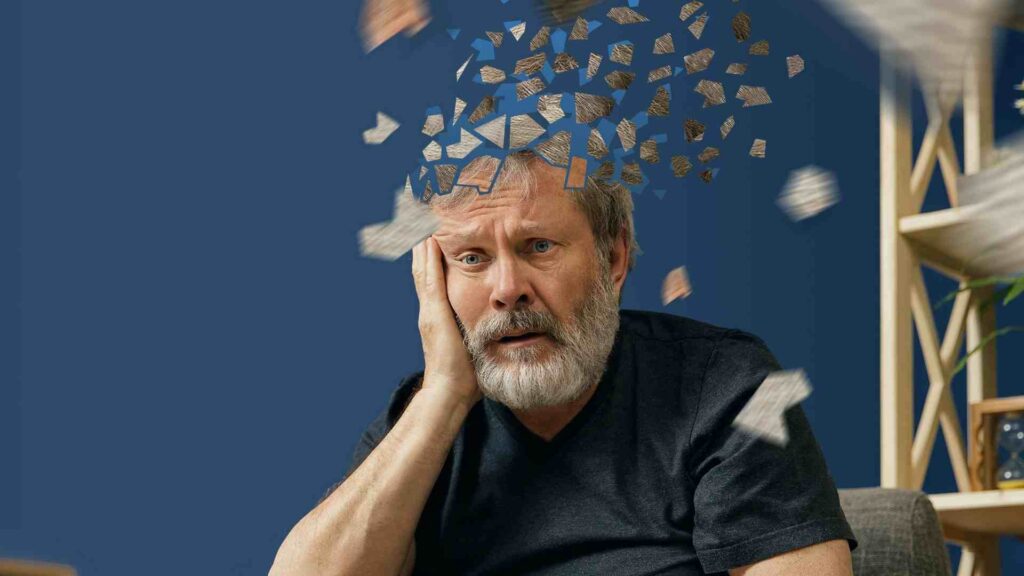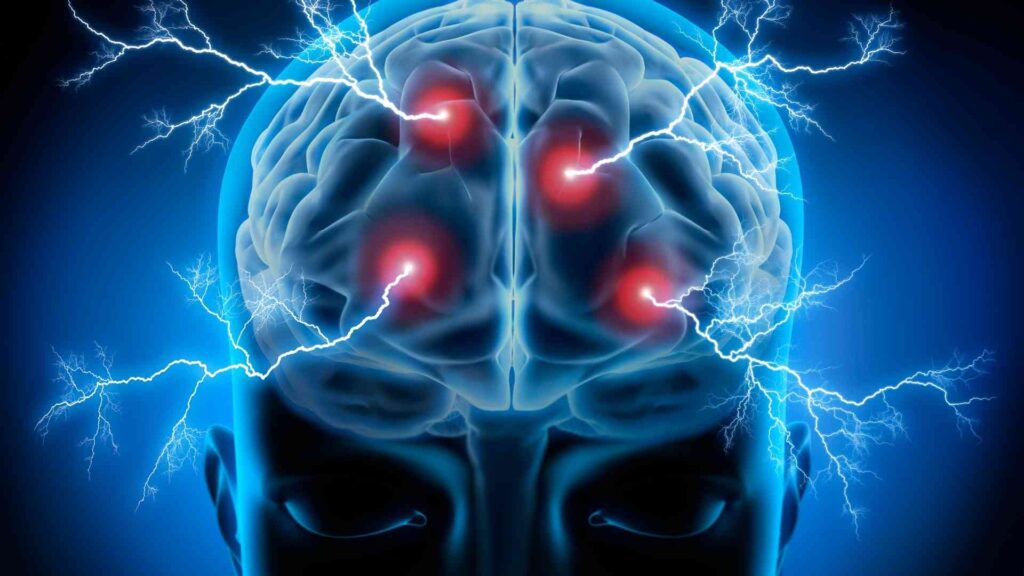
Introduction to TMS and Schizophrenia
Schizophrenia is a chronic mental disorder in which people misinterpret reality. It’s a condition that not only disrupts the lives of the patients themselves but also affects those around them. Millions worldwide face this formidable challenge. According to the World Health Organization, schizophrenia affects more than 20 million people or 1 in 300 people globally. The impact on quality of life is profound as individuals often face difficulties in performing daily tasks, maintaining relationships and holding down a job.
Transcranial Magnetic Stimulation (TMS) emerges as a beacon of hope against such adversity. TMS treatment for schizophrenia is an innovative and non-invasive treatment method that uses magnetic fields to stimulate nerve cells in the brain. It is a significant departure from traditional treatments such as medicine and psychotherapy. TMS promises a new horizon in the treatment of conditions like schizophrenia or ADHD by offering an alternative form of treatment for those who have found little relief from conventional methods. TMS opens up new possibilities for improving the lives of schizophrenic patients.
How TMS Works for Schizophrenia?
At the heart of TMS is a device that generates a magnetic field. This is typically a coil placed near the scalp. It produces small electric currents in the brain region just under the coil through ‘electromagnetic stimulation’. This electric current stimulates nerve cells in the targeted brain region. In the treatment of schizophrenia TMS is directed towards brain areas that are implicated in this disorder.
The magnetic pulses influence the activity of these brain regions potentially leading to an improvement in schizophrenia symptoms. Such stimulation can affect how neural circuits are arranged and how they function. This can lead to changes in how different brain parts communicate with each other which helps diminish the symptoms of schizophrenia. TMS represents a unique approach to treating schizophrenia by directly modulating the activity of specific brain areas. Its non-invasive nature and the ability to target specific brain areas makes it a promising treatment option.

Benefits of TMS for Schizophrenia Patients
Transcranial Magnetic Stimulation (TMS) offers several benefits for patients with schizophrenia especially in managing negative symptoms which are often resistant to medication. Studies suggest TMS can reduce symptoms such as auditory hallucinations and social withdrawal, improving patients’ daily functioning and quality of life.
Benefits of TMS for schizophrenia include fewer side effects compared to traditional treatments, making it a safer alternative for some patients. Moreover, TMS therapy has shown potential in providing long-term relief from symptoms which could lead to a decrease in the dependency on antipsychotic medications.
The ability of TMS to target specific brain regions implicated in schizophrenia allows for a more focused approach which could contribute to its effectiveness in symptom management. TMS represents a promising treatment option for schizophrenia offering benefits that extend beyond symptom reduction to potentially enhance overall patient well-being.
Potential Side Effects and Considerations
Transcranial Magnetic Stimulation (TMS) is generally well-tolerated but like any medical procedure it can have side effects. Most common side effects of TMS in treating schizophrenia are headaches and discomfort at the treatment site. These side effects are typically mild and transient. Other less common side effects include lightheadedness, tingling, or spasms of facial muscles.
Compared to traditional treatments for schizophrenia like antipsychotic medications, TMS has a significantly lower risk of severe side effects. Antipsychotics can cause weight gain, diabetes and movement disorders like tardive dyskinesia. TMS does not have these systemic side effects because it is a localized treatment. Moreover, TMS does not require anesthesia, and patients can return to their daily activities immediately after each session.
This contrasts with some traditional treatments that may require hospitalization or have a lengthy recovery period. While TMS has potential side effects, they are generally less severe than those associated with traditional schizophrenia treatments.
Patient Eligibility for TMS
Ideal candidates for Transcranial Magnetic Stimulation (TMS) in the treatment of schizophrenia are those who have not found relief through traditional medication. This includes patients who continue to experience persistent negative symptoms such as apathy or social withdrawal despite pharmacotherapy. TMS may also be suitable for individuals who cannot tolerate the side effects of antipsychotic medications which can range from weight gain to movement disorders.
Patients with contraindications for TMS such as metal implants in the cranium or certain neurological conditions, would not be eligible. Additionally, TMS is not recommended for individuals with severe psychotic symptoms, suicidal ideation or substance abuse issues. It’s also important to note that TMS is not typically used as a first-line treatment but rather considered when other treatments have not been successful. TMS offers a promising alternative for schizophrenia patients who have not adequately responded to medications or who seek a treatment with fewer systemic side effects.
The Process of Receiving TMS Treatment
The process of receiving Transcranial Magnetic Stimulation (TMS) for schizophrenia involves a series of treatment sessions. Typically, a patient undergoes TMS five days a week for four to six weeks, with each session lasting about 30 to 60 minutes. During treatment, an electromagnetic coil is placed against the scalp near the forehead. The coil emits brief magnetic pulses that pass through the skull and stimulate brain cells in targeted areas.
Patients may feel a tapping sensation on their scalp and hear clicking sounds as the machine operates. After treatment, patients can immediately resume normal activities. There’s no need for anesthesia and side effects are usually mild such as a slight headache or scalp discomfort. The number of sessions and their frequency can vary based on individual response and the treating physician’s protocol. Post-treatment, some patients may require maintenance sessions to sustain the benefits.

Case Studies and Success Stories
Transcranial Magnetic Stimulation (TMS) has been the subject of numerous successful case studies, revealing its potential in treating schizophrenia. A systematic review and meta-analysis encompassing 57 studies with 2633 participants demonstrated TMS’s efficacy, particularly for negative symptoms like apathy and social withdrawal.
One case study highlighted a patient with persistent auditory hallucinations, a common positive symptom of schizophrenia. After a course of TMS targeting the left dorsolateral prefrontal cortex, the patient reported a significant reduction in the frequency and intensity of hallucinations, which contributed to an improved quality of life.
Another case involved a patient struggling with severe apathy, who had not responded to traditional medications. Post-TMS treatment, the patient exhibited increased motivation and engagement in social activities, marking a substantial improvement in daily functioning. These cases underscore TMS’s role as a promising adjunctive treatment, offering hope for symptom alleviation in schizophrenia patients who have exhausted other options.
Conclusion: The Future of TMS in Schizophrenia Treatment
Transcranial Magnetic Stimulation (TMS) stands at the forefront of innovation in treating schizophrenia. Its ability to target specific brain regions offers a personalized approach that could revolutionize patient care. As research progresses, we anticipate advancements in TMS technology and methodology that will enhance its efficacy and accessibility. The future of TMS holds promise for refining treatment parameters, reducing negative symptoms and improving quality of life for those affected by schizophrenia. Ongoing studies aim to establish optimal stimulation protocols ultimately ensuring TMS’s role as a cornerstone in the evolving landscape of psychiatric treatment.
